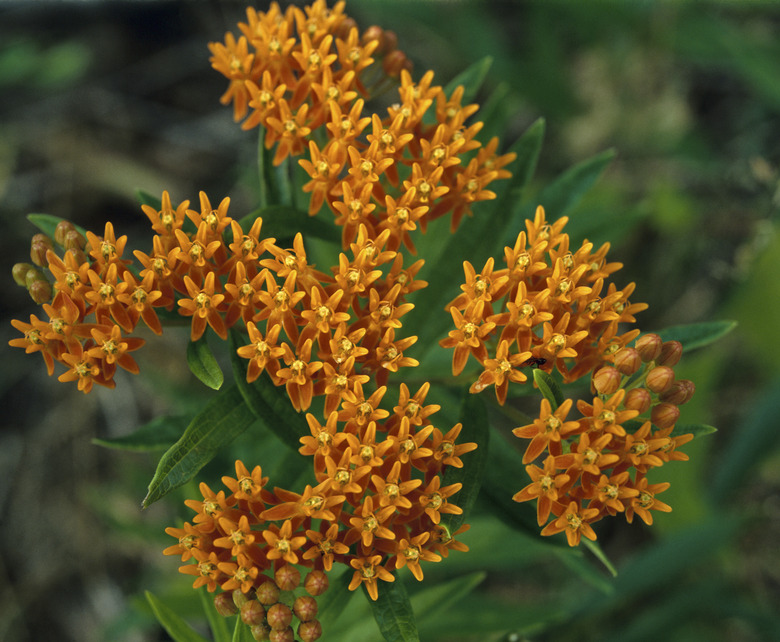Why Would Milkweed Bugs Be In My House?
Milkweed bugs are often seen feeding on milkweed plants outdoors. While these bugs live primarily outside and are typically seen during the summer months, they occasionally wander indoors and become a nuisance. Most species of milkweed bugs do not bite, but some, such as the milkweed assassin bug, can deliver a painful bite to humans.
Identification
Milkweed bugs are brightly colored insects, usually reddish-orange and black. These bugs are members of the order of Hemiptera that feed on the sap removed from milkweed, also known as butterfly bush. Adult milkweed bugs measure 9/16 to 10/16 inch in length and have characteristic Y-shaped markings on their wings. Immature milkweed nymphs are a smaller version of adult bugs. Milkweed bugs use sucking mouth parts to feed on milkweed.
- Milkweed bugs are often seen feeding on milkweed plants outdoors.
- Adult milkweed bugs measure 9/16 to 10/16 inch in length and have characteristic Y-shaped markings on their wings.
Effects
Milkweed bugs are typically found on the undersides of milkweed leaves and on their stems and flowers. These insects do not damage plants extensively from feeding on the seed pods. Occasionally, milkweed bugs wander indoors to become a nuisance pest. Only milkweed assassin bugs are known to bite humans when startled. Most milkweed bugs live for 30 days and do not reproduce while living indoors.
Cultural Control
If milkweed bugs are infesting your milkweed plants outdoors, a few cultural control methods can reduce their numbers and lessen the likelihood of infestation indoors. Remove all leaf litter from around the outside of your home to eliminate areas where milkweed bugs can overwinter. Sweep or vacuum milkweed bugs that come indoors. Spraying the bugs with aerosols labeled for use on outdoor pests may kill a few stray bugs but does not provide adequate control of large populations. Caulking all cracks and crevices on your home that provide insects with easy entry will help reduce infestations of the many insects that wander indoors when summer weather gives way to cool fall temperatures.
- Milkweed bugs are typically found on the undersides of milkweed leaves and on their stems and flowers.
- Remove all leaf litter from around the outside of your home to eliminate areas where milkweed bugs can overwinter.
Chemical Control
Spraying pyrethroid-based insecticides around the perimeter of your home can help reduce milkweed bug infestations indoors. Keeping these bugs under control outdoors is best accomplished by using chemical insecticides with carbaryl or malathion. Milkweed infestations can be problematic for some homeowners, but these bugs have a short life cycle and prefer to remain outdoors to feed on milkweed plants.
